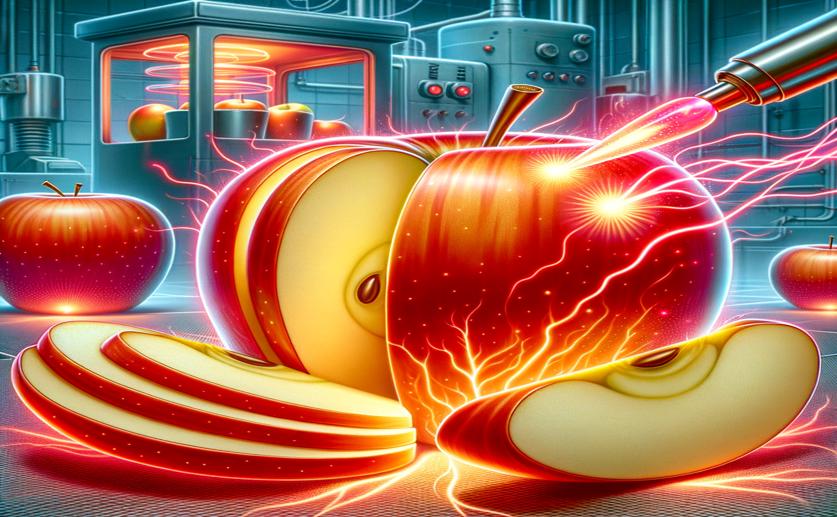
Smart Methods for Using Cold Plasma to Prepare Apple Slices for Drying
Jim Crocker
23rd August, 2024

Image Source: Natural Science News, 2024
Key Findings
- The study by Kazakh National Agrarian Research University found that plasma treatment can reduce browning in apples
- A 30-minute plasma treatment significantly decreased flavan-3-ols, which are important for antioxidant defense and browning prevention
- Plasma treatment slightly increased dihydrochalcones and flavonols, potentially enhancing the flavor and health benefits of apples
References
Main Study
1) Multimodal intelligent approach to low-temperature atmospheric plasma processing of apple slices before drying.
Published 22nd August, 2024
https://doi.org/10.1177/10820132241274966
Related Studies
2) Cold Atmospheric Plasma: A Powerful Tool for Modern Medicine.
3) Low Temperature Plasma for decontamination of E. coli in milk.
4) Mycotoxin Decontamination of Food: Cold Atmospheric Pressure Plasma versus "Classic" Decontamination.
5) Current and Potential Applications of Atmospheric Cold Plasma in the Food Industry.



 23rd July, 2024 | Jenn Hoskins
23rd July, 2024 | Jenn Hoskins